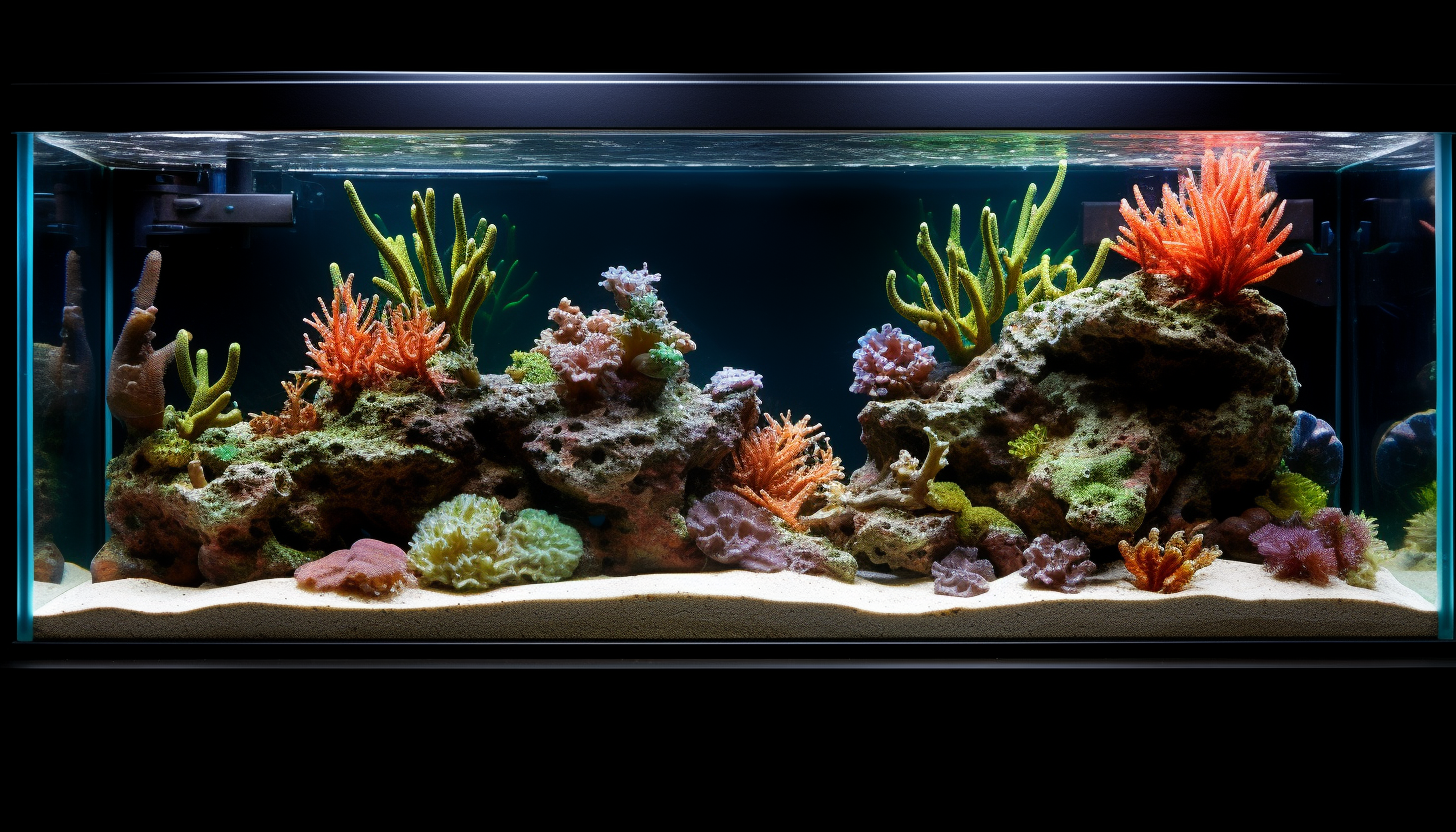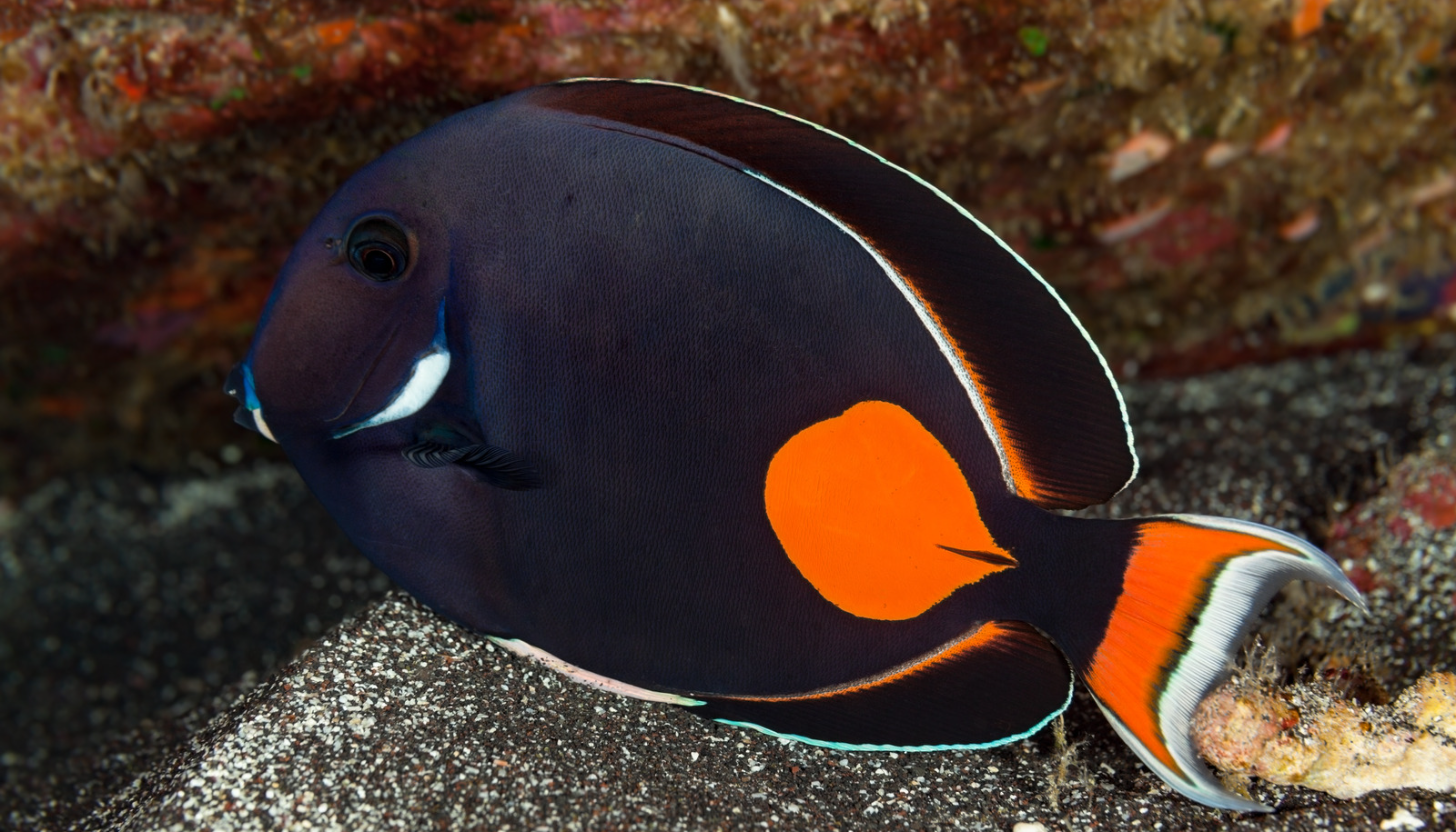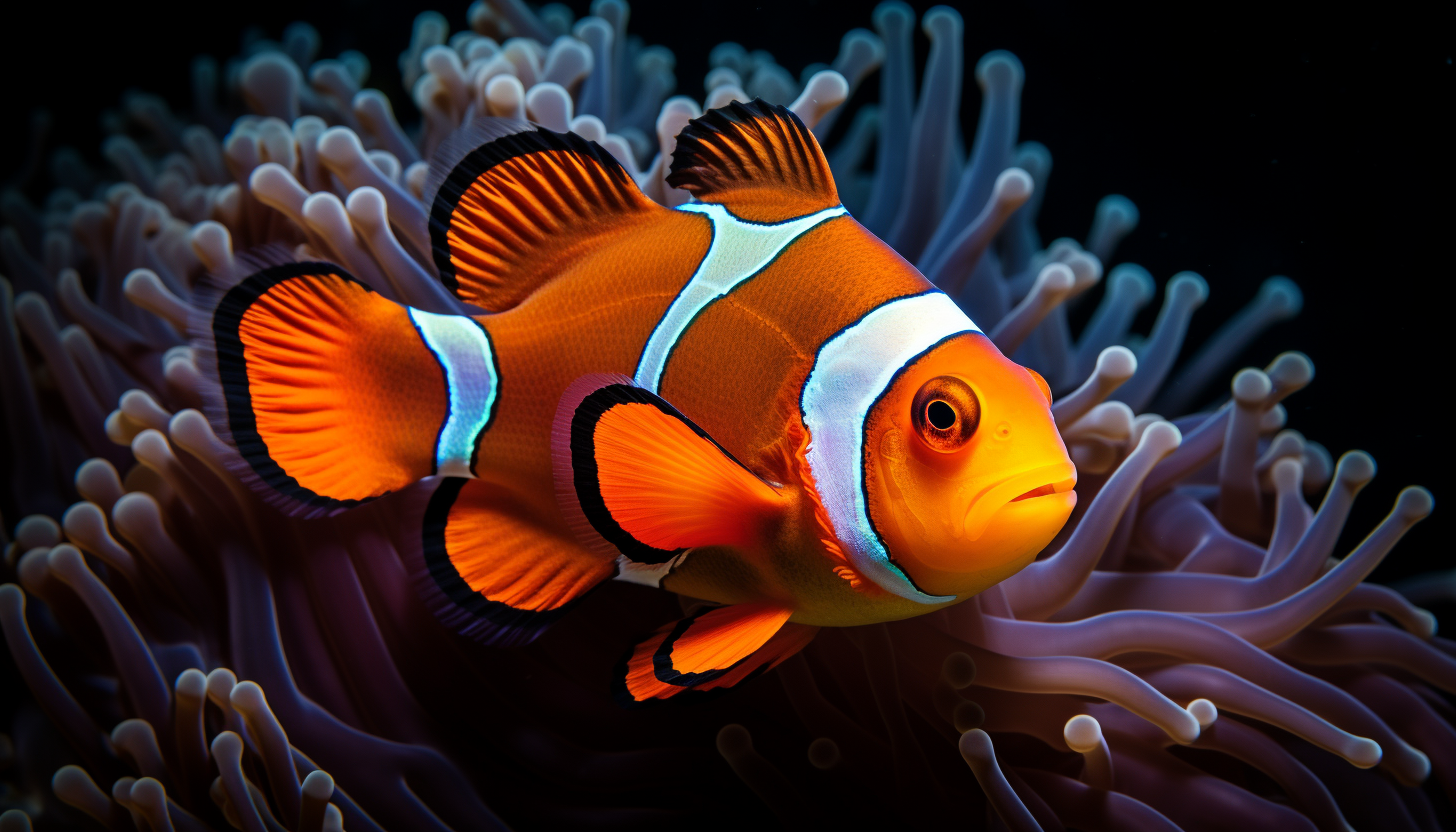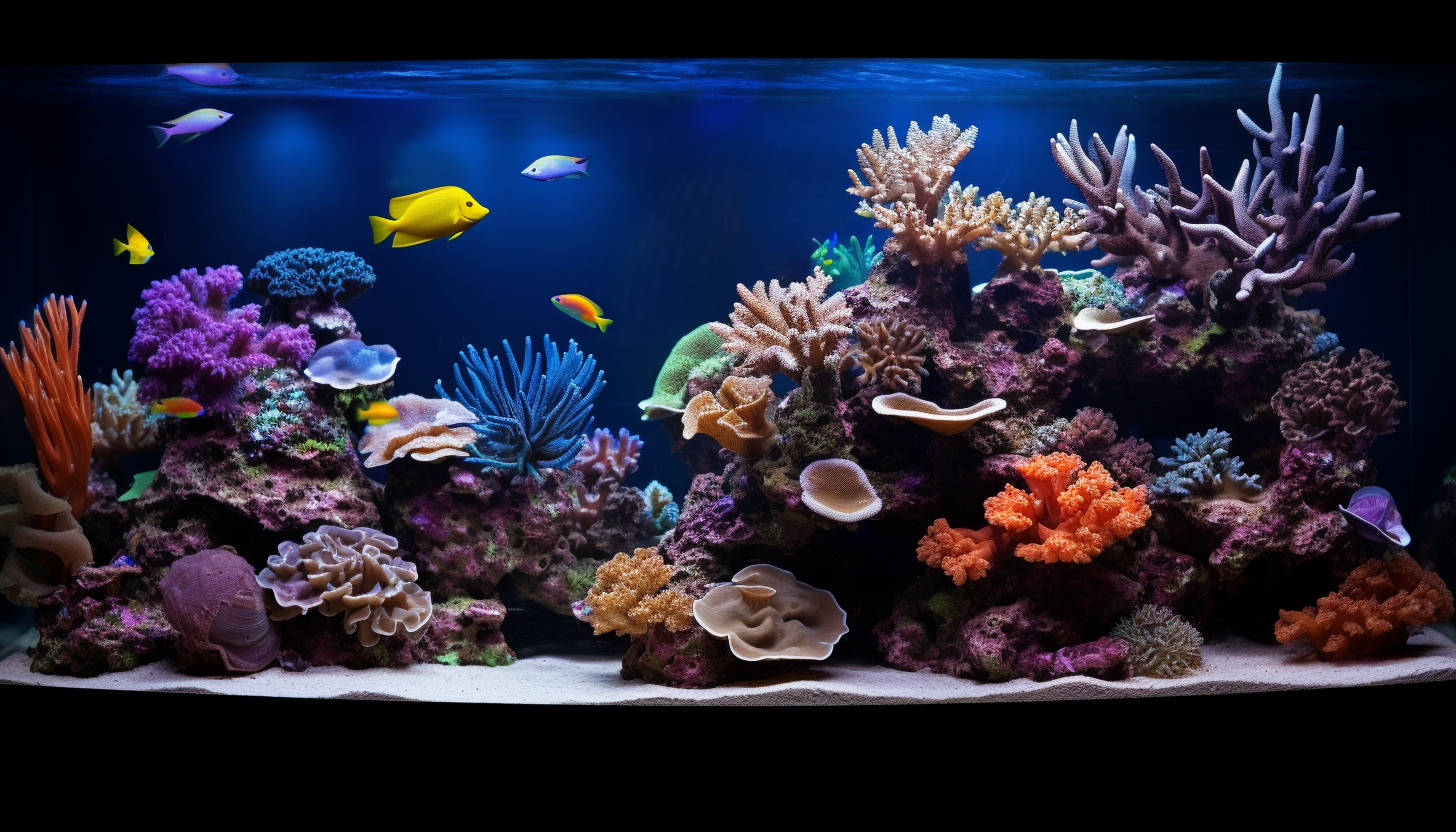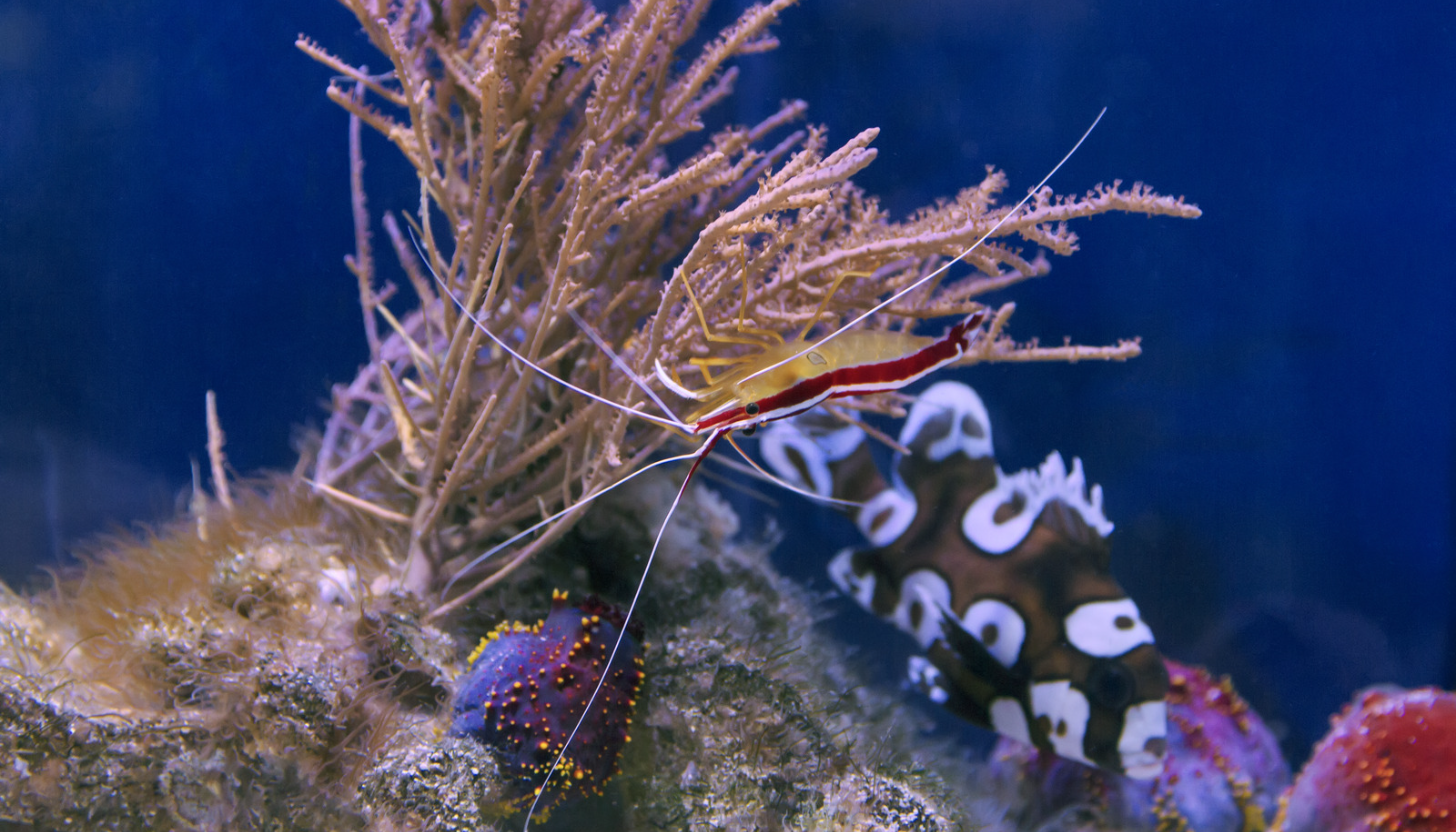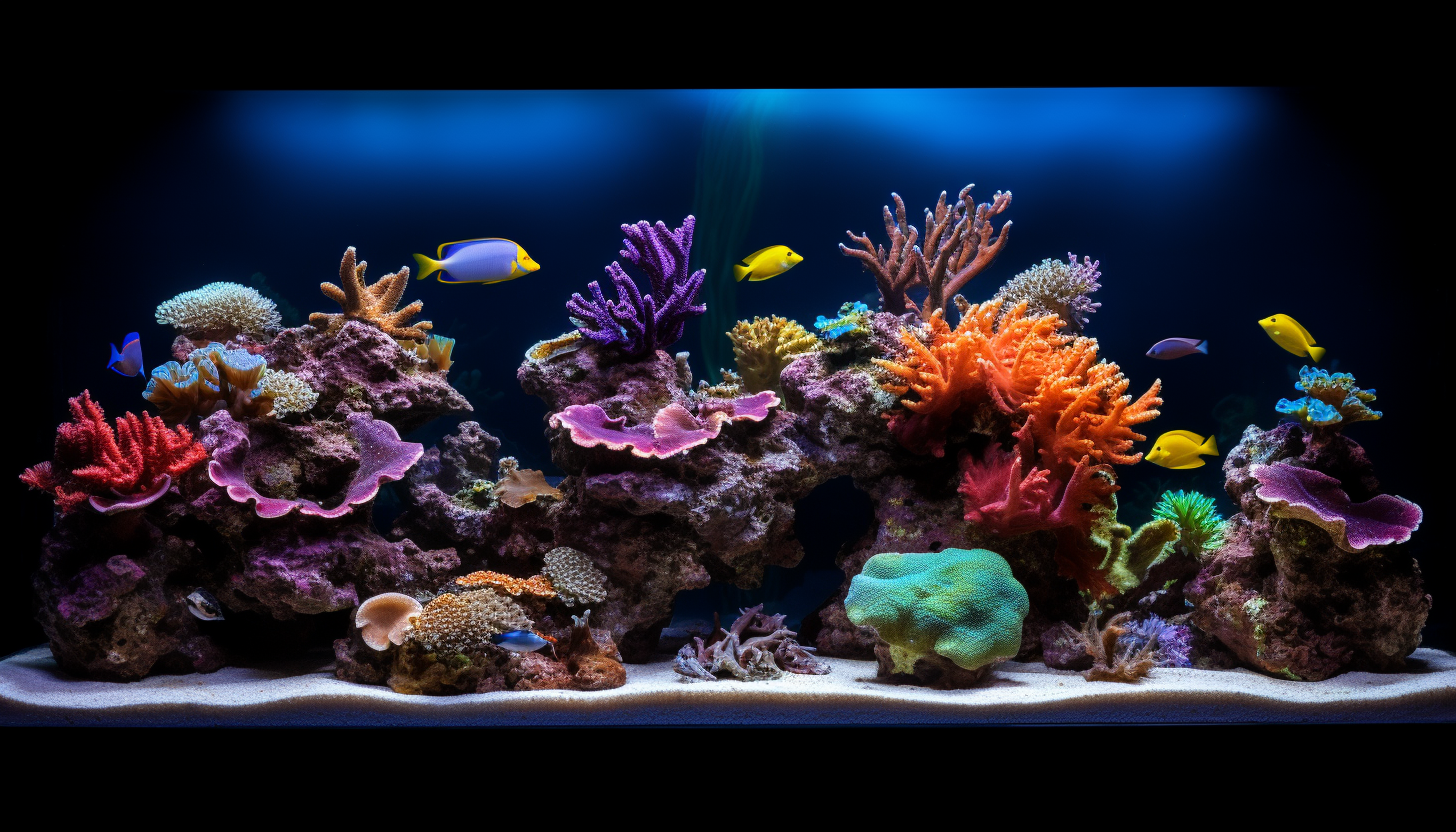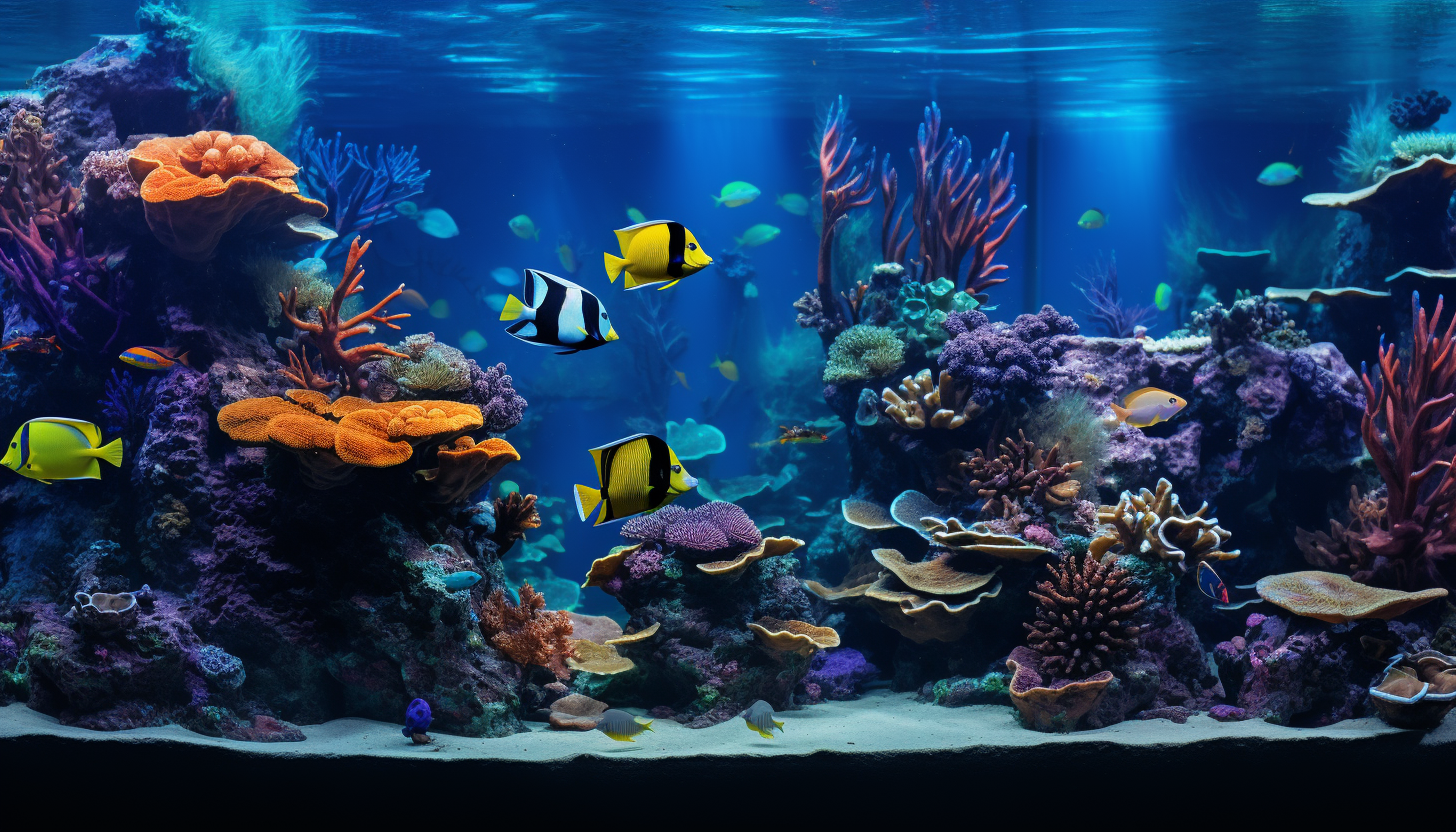How to Cycle Your Saltwater Tank: A Step-by-Step Guide
How to Cycle Your Saltwater Tank: Setting the Stage for a Thriving Marine Ecosystem
Cycling your saltwater tank is the first and one of the most crucial steps towards a successful aquarium. It’s the process that establishes a healthy bacterial balance to deal with waste products. Here’s a step-by-step guide on how to cycle your saltwater tank.
Understanding the Nitrogen Cycle
Before diving into the cycling process, understanding the nitrogen cycle is crucial. Here’s what happens:
- Ammonia: Fish waste and uneaten food produce ammonia, a harmful substance for marine life.
- Nitrite: Beneficial bacteria (Nitrosomonas) convert ammonia into nitrite. Nitrite is also toxic to fish.
- Nitrate: Another set of beneficial bacteria (Nitrobacter) convert nitrite into nitrate, which is less harmful and is removed through water changes and absorbed by live plants and certain algae.
This process of converting harmful substances into less harmful ones is known as the nitrogen cycle.
Equipment You Will Need
To cycle your tank, you’ll need:
- A quality test kit to measure ammonia, nitrite, and nitrate levels.
- A source of ammonia to start the cycle. This can be pure ammonium chloride, raw shrimp, or fish food.
Cycling Your Tank: Step-by-Step
Here’s how to cycle your tank:
- Set Up Your Tank: Set up your tank with all the equipment, live rock, and substrate. Start all equipment and adjust salinity and temperature to ideal levels.
- Add Ammonia Source: Add your chosen source of ammonia to the tank. The goal is to achieve an ammonia concentration of 2-4 ppm.
- Test Water Regularly: Use your test kit to monitor the levels of ammonia, nitrite, and nitrate every few days.
- Observe the Cycle: Over time, you’ll observe ammonia levels drop, nitrite levels rise and then fall, and nitrate levels increase – signaling the progress of the cycle.
- Cycle Completion: The cycle is complete when both ammonia and nitrite levels read 0 ppm, and you see some nitrates. This process usually takes 4-6 weeks.
What to Do After Cycling
After the cycle is complete:
- Perform a Water Change: A significant water change (up to 50%) is necessary to reduce nitrate levels.
- Add Livestock Slowly: Start by adding a few hardy fish and continue testing water parameters regularly. If ammonia and nitrite levels remain at 0, you can gradually add more livestock.
Remember, patience is key when cycling your tank. Taking the time to ensure your aquarium is correctly cycled will set the stage for a healthy, vibrant marine ecosystem. At The Reef’s Edge, we’re with you at every step of your fishkeeping journey. Happy cycling!
Newsletter Signup
Never miss an article. Get new insights delivered right to your inbox.
